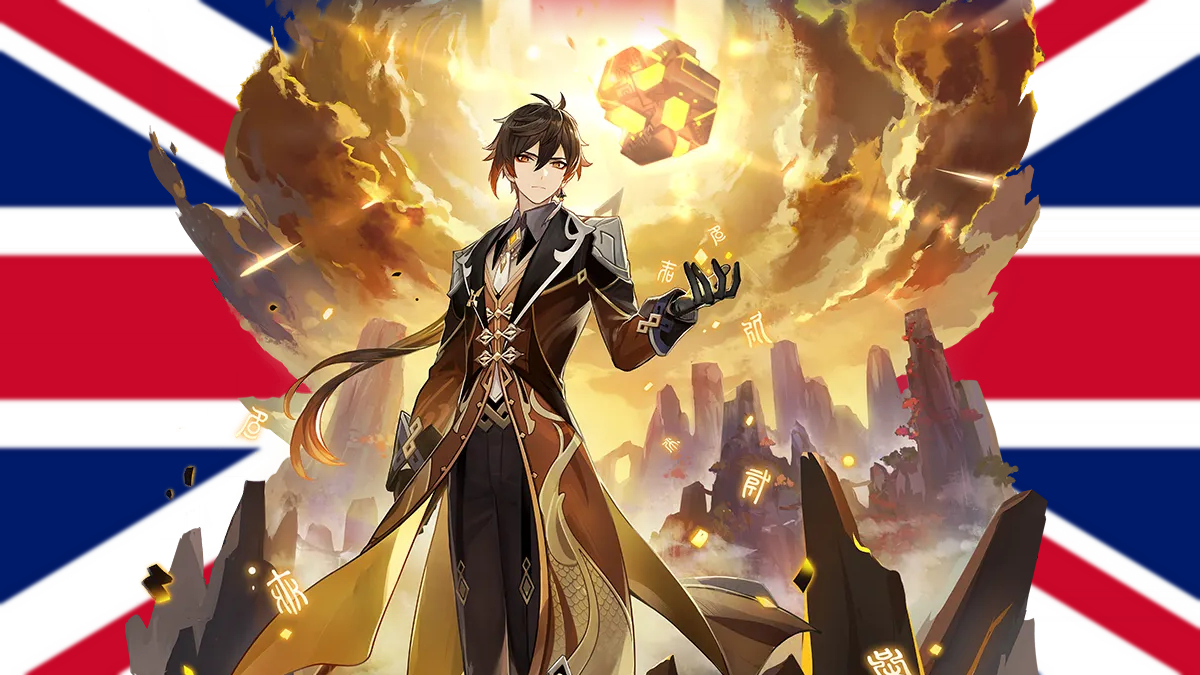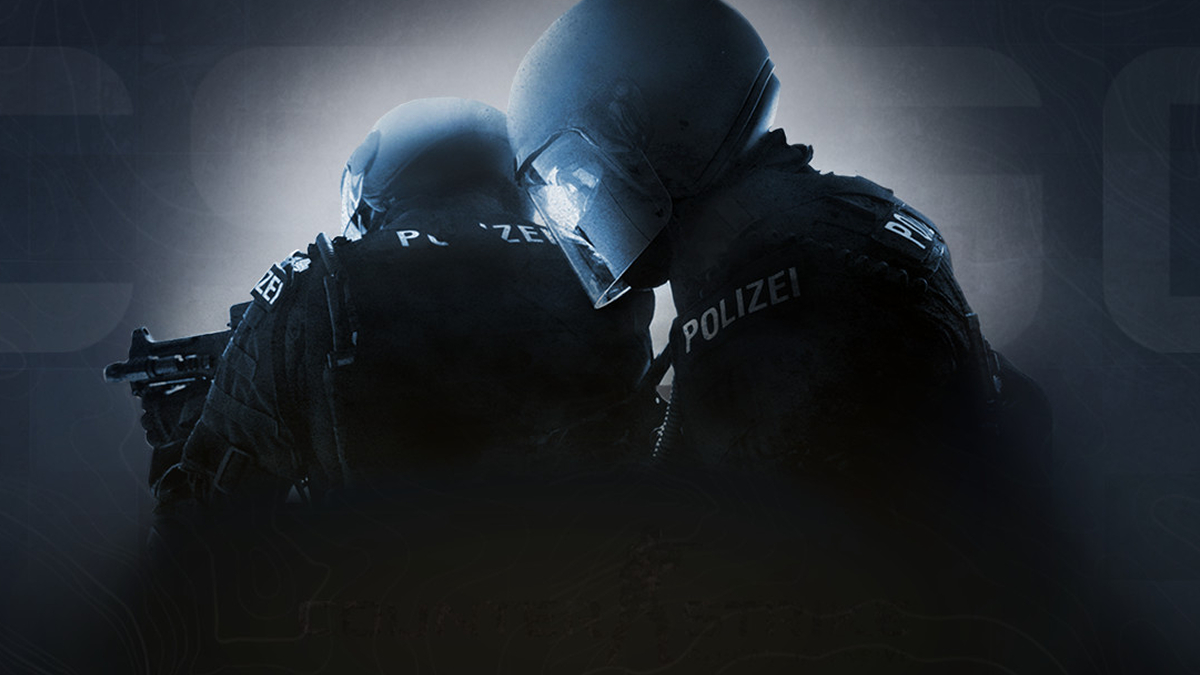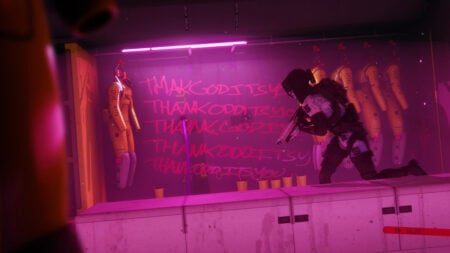Skip To...
It always feels tragic when your favorite gacha or MMO game reaches end-of-service and is terminated. Players invest time, money, and emotions into these experiences, only to watch them vanish when a company decides to pull the plug. It’s an unfortunate reality of modern live service gaming that many have come to accept as inevitable. However, recent trends in Japan and Korea prove that things don’t have to be this way. Several regional developers have embraced a more intelligent, consumer-friendly approach to online game preservation. So why hasn’t the industry followed suit?
Can You Really Preserve Server-based Online Games?
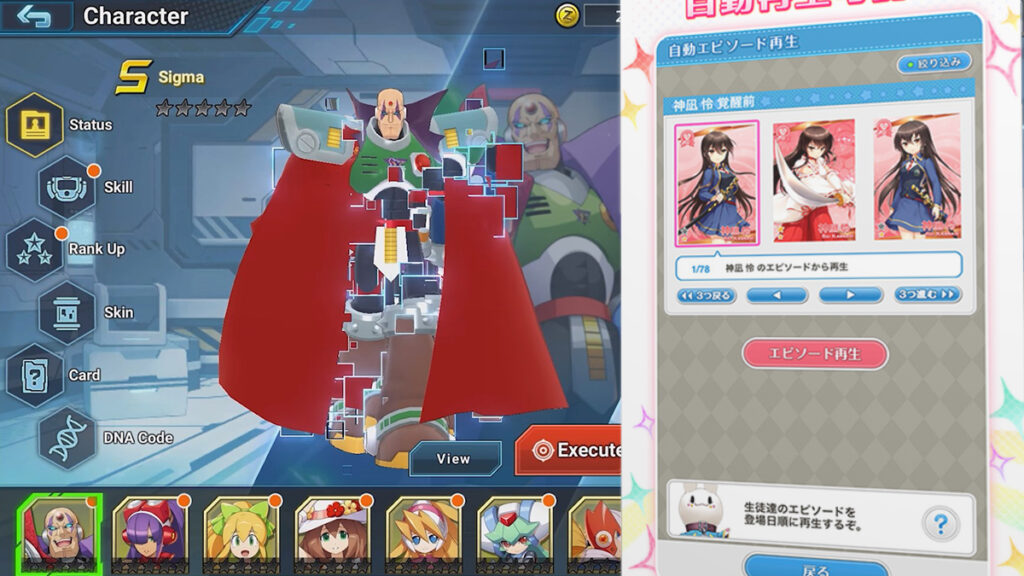
Lately, it seems many Japanese and Korean developers recognize that shutting down a game doesn’t have to mean erasing it from everyone’s consciousness. Over the past few years, more studios, especially mobile developers, have created post-end-of-service versions of their live service games.
This observation surprises me, as gacha or loot box games are notorious for being stingy. Giving players access to most or parts of their content again seems unthinkable! But it actually happened and is still happening. These are some examples of online games from Japan and Korea that have shut down but still can be experienced to this day:
- Mega Man X Dive from Capcom and Animal Crossing: Pocket Camp from Nintendo got a paid offline version. It preserved its core gameplay after the servers went dark.
- SHIFT UP’s Destiny Child and Applibot’s Grimoire Magic Academy launched ‘memorial apps.’ They allow players to browse character art, listen to voice lines, and revisit past events.
- Brave Nine, also known as Brown Dust, by NEOWIZ, allows players to continue playing its single-player content with all units they’ve collected.
- Baseball-themed gacha Hachigatsu no Cinderella Nine from Akatsuki resets your progress but is playable offline nonetheless.
- Korean publisher NCSoft provided an official private server for City of Heroes MMO to fans.
- Gran Turismo Sport by Polyphony Digital is still available for anyone who has downloaded it despite server closure.
Nevertheless, these approaches aren’t perfect. Some are not fully playable, and crossover content is usually cut due to licensing issues. In games like Destiny Child, offline versions also require players to generate access codes before the shutdown, preventing new users from jumping in.
Still, they represent a much better alternative than simply deleting a game. Often, live service games are treated as completely disposable—kept online as long as they generate revenue, then discarded when they stop generating revenue.
One movement trying to challenge this mindset is Stop Killing Games. It advocates for implementing end-of-life plans to ensure content preservation from online games without ongoing support. Their position is pretty reasonable, quoting the FAQ page:
“We agree it is unrealistic to expect companies to support games indefinitely and do not advocate for that in any way.”
Some critics read the book by its cover and completely misinterpret the movement’s message, assuming it demands that developers keep online servers running forever. In reality, Stop Killing Games simply asks for a way to let players continue engaging with the game in some capacity. You know, like what Mega Man X Dive, Brave Nine, and Destiny Child did?
Others claim game preservation would lead to higher development costs or force studios to abandon projects faster for some reason. Then there’s the argument that legacy titles might cannibalize sales of newer releases. Though Capcom and SHIFT UP’s continued success practically disproves this fear.
This Should Matter for Both Players and Developers

From a consumer rights perspective, shutting down games without an alternative is frustrating. Players essentially lose access to something they’ve paid for, and digital ownership becomes meaningless.
It could be argued that video games are not a tangible product but a ‘service.’ But let’s be real: where else does an entertainment service ask you to provide your own means to enjoy them? In gaming’s case, obviously you need to have the hardware and internet subscription to play them. That costs initial investments already.
Meanwhile, you don’t have to buy your own ride if you want to go to a theme park. You don’t need to bring your favorite sofa or a copy of a movie to watch films in the theatres. Do you need to draw a painting or make a sculpture first before you can enter a museum?
Game preservation isn’t just about nostalgia; it’s about respecting the time, money, and passion that both players and developers put into a game. Yes, it shouldn’t just be a problem for consumers. Preserving an online game can serve multiple purposes for craftsmen who are involved in the creative process.
An offline version ensures that years of work aren’t lost forever. Future developers can study game mechanics, asset designs, and UI elements for inspiration. Counter-Strike and DOTA started as modifications of retail games. Undertale becomes a thing thanks to Earthbound. Artists take inspiration and copy each other; what would happen if the art people made suddenly just gone?
In terms of public relations, companies that offer post-end-of-service solutions for their live service games will foster goodwill with their audience. There are NIKKE players who don’t worry too much about server shutting down as SHIFT UP has a track record of ‘saving’ its main project. An offline version also works as a long-term advertisement if a studio is building up a franchise. An actual playable archive is far more engaging than a collection of retrospective videos on YouTube.
Big companies like Capcom and Nintendo have already demonstrated that game preservation is feasible. If they can do it, there’s no reason other developers can’t follow suit. Thankfully, not every developer has ignored online game preservation. A few recent releases have made commendable efforts:
- Knockout City, an EA-published multiplayer dodgeball game, was given an offline version after its servers shut down.
- Duelyst, a deck-building strategy game by Counterplay Games, was released as an open-source project.
However, as you can see, these examples are few and far between. For every game that gets an offline version, dozens disappear entirely. Dragalia Lost, Concord, WildStar, MultiVersus, and FF VII: The First Soldier is gone forever, with no way for fans to revisit them.
Open Source Private Server and Single-Player Client Are Not The Only Solution
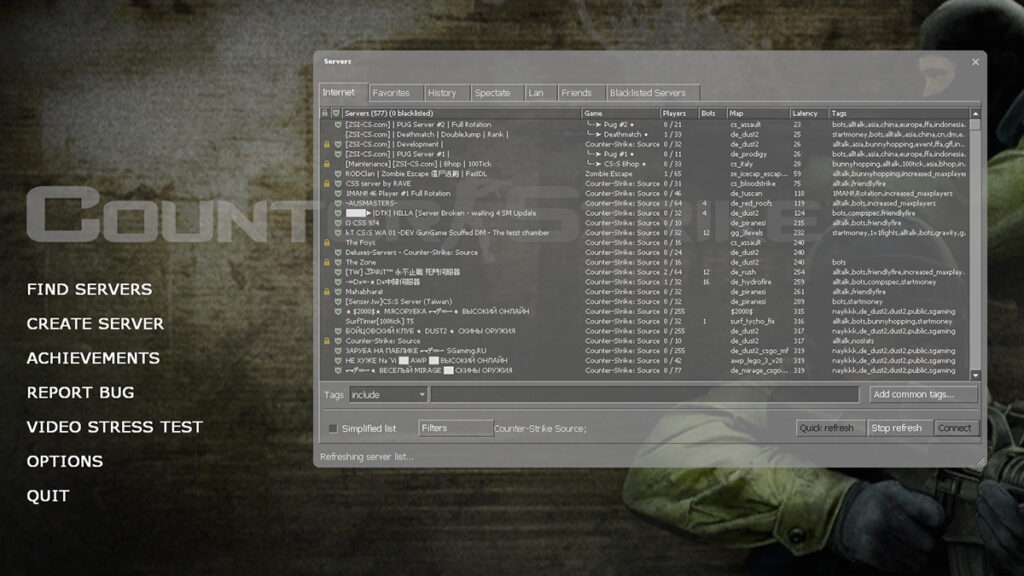
If game developers truly care about their audiences and their creative work, there is one clear solution that could help mitigate the loss of online games.
Yes, limited single-player clients should be viable, considering the examples listed below. No, I’m not going to say, “Release the source code and let us host private servers ourselves!” as the other alternative. The opposition always expects that argument in discussions about online game preservation. Besides, giving out a project source could come with many drawbacks for the studio as well.
First, it can open security risks, as the codes may contain sensitive data or tech still in use by other projects. There are also legal Issues since games often use third-party tools like physics engines tied to the codes. Lastly, I think it’s fair that companies will want to protect their copyright and IP and don’t want unofficial parties to accidentally damage their brand.
But there’s already a much easier way that developers did way back in the ’90s and early 2000s, at least for ‘smaller-scale,’ PvP-focused releases. You got that right: bring back LAN, direct IP connection, and server browsers.
There’s no reason they can’t implement said old-school multiplayer solutions for online games such as Valorant, Call of Duty, or DOTA. These features ensured that communities could continue playing even after official servers shut down.

Then, developers—or publishers, to be exact—have to realize that offline versions of legacy games won’t cannibalize their successors’ player base.
Many online games may hesitate to offer an offline version out of fear that it would split the community. However, history shows that’s not how it works. Counter-Strike: Source still direct IP and server browsers, and yet, when CS: GO and eventually CS2 came out, close to 2 million people still migrated. Providing offline-friendly multiplayer won’t stop players from moving on to brand-spanking-new releases.
Monster Hunter games are another perfect example of this. Even though anyone can easily grab games like Freedom Unite and 3 Ultimate thanks to emulators, most players still flock to World, Rise, Wilds, or even Generations Ultimate. Those newer games still have a working online community that’s also easily accessible.
Most gamers want the best and most practical multiplayer experience available. They don’t want to mess around with copying files and tweaking settings to play with a couple of old guards. Players will always move on to the latest entry if playing with friends works with just one click/tap.
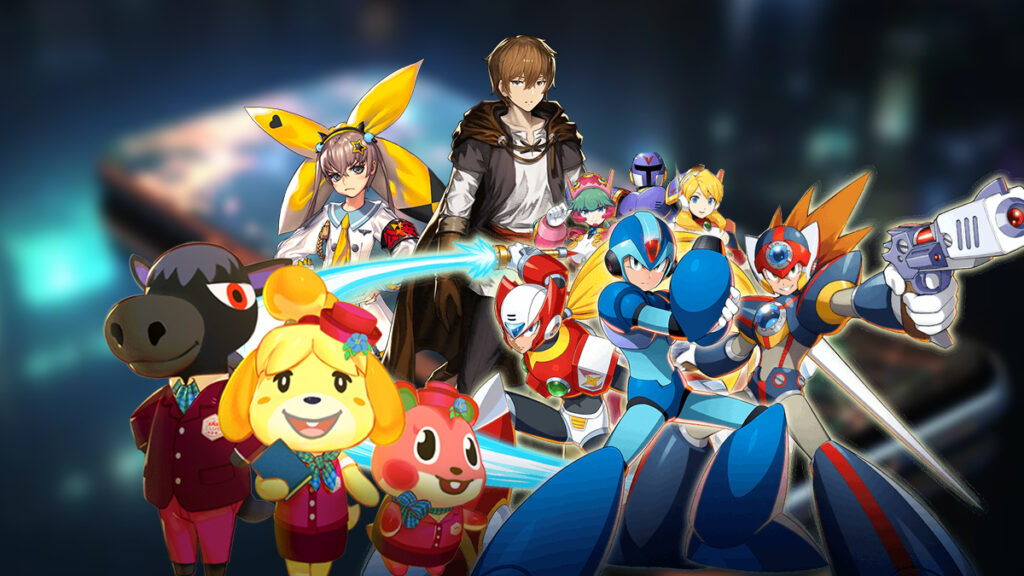
The push for online game preservation shouldn’t be going away anytime soon, and it needs more voices. Hundreds of games are being shut down each week, and very few are being saved.
If players and the industry remain silent, companies will continue treating live service games as fleeting experiences rather than lasting creations. If developers refuse to adopt post-end-of-service strategies, they will keep erasing their work from history. The more people talk about success stories of offline versions and private servers, the more likely they are to become industry standards rather than fringe cases.
Trailblazers from Japan and Korea have already paved the way for post-end-of-service solutions that work. Now, it’s time for the rest of the industry to catch up.


